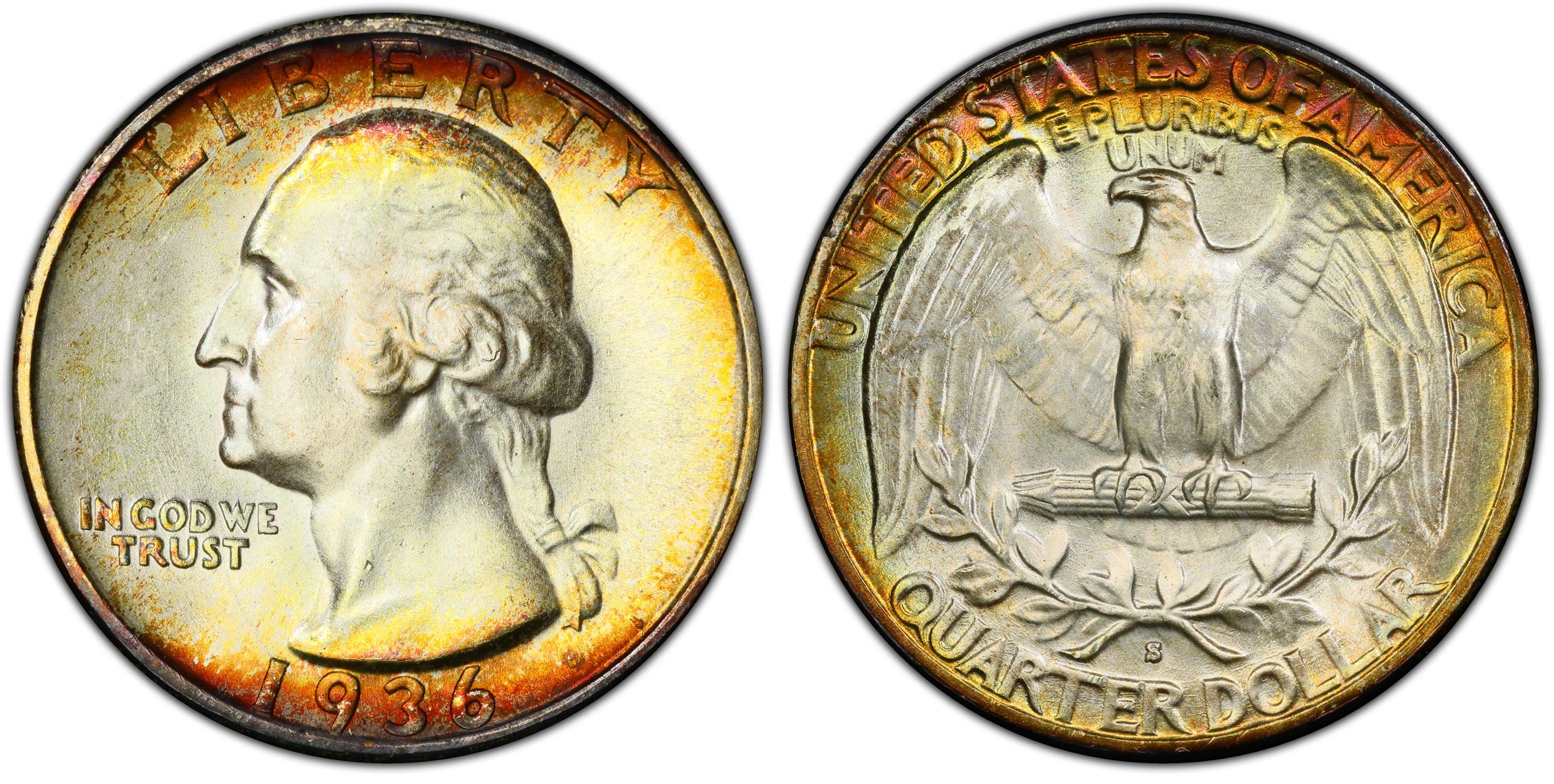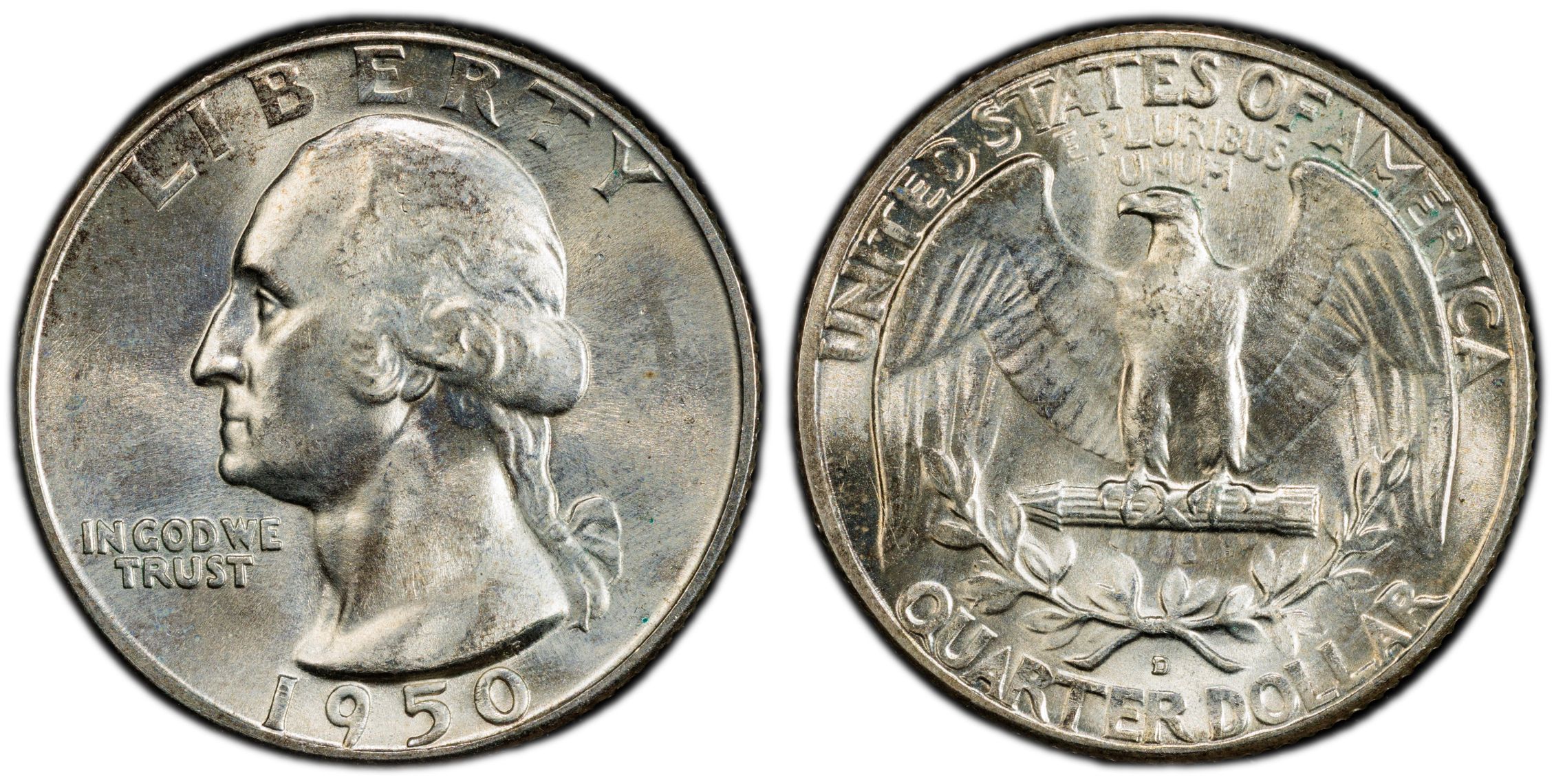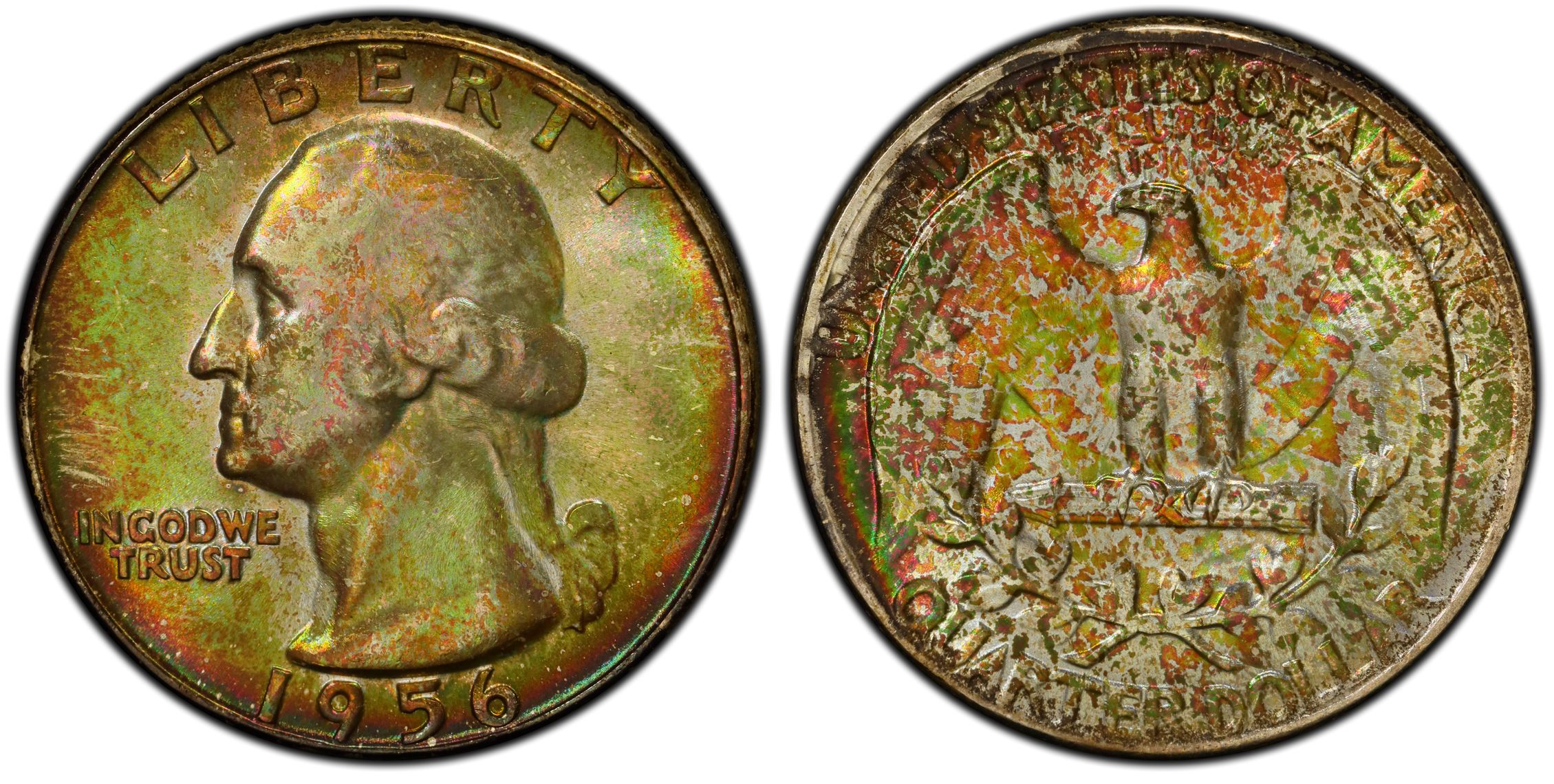
Finding Quarters That Are Worth Money
Discovering quarters that are worth money can transform your coin collecting experience from a casual hobby into a rewarding investment. Washington quarters, produced since 1932, contain numerous rare dates, special mint marks, and valuable error varieties that collectors actively pursue. The most valuable quarters combine low mintage numbers, exceptional preservation, and historical significance. From the ultra-rare 1932-D quarter commanding over $143,000 to lesser-known varieties from mid-century, understanding quarters that are worth money helps you identify valuable coins hiding in plain sight. This comprehensive guide presents the top 100 most valuable Washington quarters with current market values, helping both novice collectors and seasoned numismatists recognize which quarters deserve special attention and professional grading.
Top 100 Most Valuable Washington Quarters
Complete ranking of quarters that are worth money based on auction records and market valuations
| Rank | Name | Price |
|---|

Discover Your Quarter Values with CoinValueChecker
Curious if your quarters are valuable? The CoinValueChecker app provides instant, accurate valuations for all your coins. Simply photograph your quarter, and our cutting-edge AI technology immediately identifies the date, mint mark, variety, and current market value. Whether you're examining pocket change, cataloging an inherited collection, or searching for valuable coins, CoinValueChecker delivers expert appraisals in seconds. No more guessing or searching through price guides manually. Join thousands of collectors who trust CoinValueChecker to identify quarters that are worth money. Download the app today and start uncovering hidden treasures in your coin collection!
The Complete History of Washington Quarters
Washington Quarter Debut (1932)
The Washington quarter premiered in 1932, commemorating the 200th anniversary of George Washington's birth. Designed by sculptor John Flanagan based on a 1786 bust by Jean-Antoine Houdon, it replaced the Standing Liberty quarter. Production occurred at three mints: Philadelphia (no mint mark), Denver (D), and San Francisco (S). The 1932-D and 1932-S had exceptionally low mintages of 436,800 and 408,000 respectively, making them among the most valuable quarters that are worth money today.
Depression Era Production (1933-1939)
Quarter production during the Great Depression fluctuated significantly based on economic conditions and existing coin inventories. No quarters were struck in 1933 due to sufficient supplies in circulation. Minting resumed in 1934 at Philadelphia and Denver, with San Francisco joining in 1935. These quarters maintained 90% silver and 10% copper composition, weighing 6.25 grams with a diameter of 24.3mm. Low mintages during this period created several key dates highly sought by collectors today.
World War II Era (1940-1945)
Unlike nickels and cents, Washington quarters maintained their silver composition throughout World War II. All three mints operated continuously during the war years, producing quarters to support both domestic commerce and military needs. Production quantities increased substantially compared to Depression-era levels. While many dates from this period are relatively common, high-grade uncirculated examples and certain date-mintmark combinations remain scarce and valuable, particularly from the San Francisco mint.
Post-War Silver Quarters (1946-1964)
The post-war period saw consistent quarter production maintaining the 90% silver standard. All three mints produced quarters regularly through 1954, when San Francisco ceased making circulation strikes but continued proof production. Notable key dates include 1949-D with very low mintage. As silver prices rose in the early 1960s, hoarding began, prompting the U.S. Mint to increase production dramatically. The year 1964 marked the final year of silver quarters, with the highest mintages in series history.
Clad Composition Transition (1965-1974)
In 1965, rising silver costs forced the U.S. Mint to change quarter composition to copper-nickel clad over a pure copper core. The new quarters contained no silver, with outer layers of 75% copper and 25% nickel. Mint marks were omitted from 1965-1967 to discourage hoarding of early clad issues. Philadelphia and Denver produced billions of quarters during this period. Despite high mintages, certain high-grade examples and error varieties are quarters that are worth money to specialists.

Bicentennial Special Issue (1975-1976)
The United States Bicentennial celebration inspired a special commemorative quarter design. All quarters dated 1975 and 1976 carry the dual date "1776-1976" with a colonial drummer on the reverse designed by Jack L. Ahr. Regular copper-nickel clad versions circulated widely, while special 40% silver-clad versions were struck for collectors. San Francisco produced proof and uncirculated sets. Certain error varieties, especially doubled dies, make some Bicentennial quarters valuable beyond their commemorative status.
Return to Standard Design (1977-1998)
After the Bicentennial, the original Washington design returned to quarters in 1977. Production continued in copper-nickel clad composition at Philadelphia and Denver for circulation, with San Francisco striking proofs. Mintages reached billions annually. While most are common, high-grade examples, particularly those grading MS67 or higher, command premiums. Deep Cameo proof specimens are especially desirable. Notable varieties include the 1983-P quarter, scarce in top grades, and various doubled die errors throughout the period.
Special Mint Sets (1965-1967)
During 1965-1967, the U.S. Mint temporarily discontinued proof sets and produced Special Mint Sets (SMS) as substitutes. These quarters featured superior strikes and finishes compared to regular circulation coins but lacked the full mirror finish of traditional proofs. SMS quarters, particularly those with exceptional strike quality and eye appeal, are scarce and valuable. The extremely rare 1964 SMS quarter, with only a handful known, ranks among the most valuable modern quarters that are worth money.
Modern Proof Production (1936-1998)
Proof quarters represent the pinnacle of minting quality, struck specifically for collectors. Production began in 1936 and continued through 1942, resumed in 1950, paused during 1965-1967, and continued thereafter. Early proofs from 1936-1942 are extremely rare and valuable. Modern San Francisco proofs feature mirror-like fields and frosted devices. Deep Cameo (DCAM) designation indicates maximum contrast and commands highest premiums. Silver proofs were reintroduced in 1992 alongside standard clad proofs for collectors.
Error Varieties and Oddities (1932-1998)
Throughout Washington quarter history, mint errors and die varieties create unique collectibles highly prized by specialists. Doubled die errors show doubling of design elements, with notable examples including 1937 DDO, 1944-S DDO, and 1976-D DDO. Overmintmark varieties like 1950-D/S and 1953-D/S occur when one mint mark is punched over another. Off-center strikes, wrong planchet errors, and die breaks add to collecting interest. The 1952 "Superbird" features a prominent die crack resembling a bird. Authentication through PCGS or NGC is essential.
Frequently Asked Questions About Quarters That Are Worth Money
Summary: Quarters That Are Worth Money
Understanding quarters that are worth money requires comprehensive knowledge of key dates, mint marks, condition grading, and variety identification within the Washington quarter series spanning 1932-1998. From the legendary 1932-D quarter valued at $143,750 to valuable proof specimens with Deep Cameo finishes and significant mint errors throughout the series, numerous opportunities exist for collectors to discover valuable coins. Pre-1965 silver quarters always carry intrinsic precious metal value beyond face value, while specific dates, mint marks, superior preservation, and error varieties command substantial premiums in today's market. Whether examining pocket change, evaluating inherited collections, or actively building a numismatic portfolio, knowing which quarters that are worth money helps identify hidden treasures worth professional grading and careful preservation. Always examine quarters carefully for rare dates, unusual mint marks, exceptional condition, and potential minting errors before spending them.